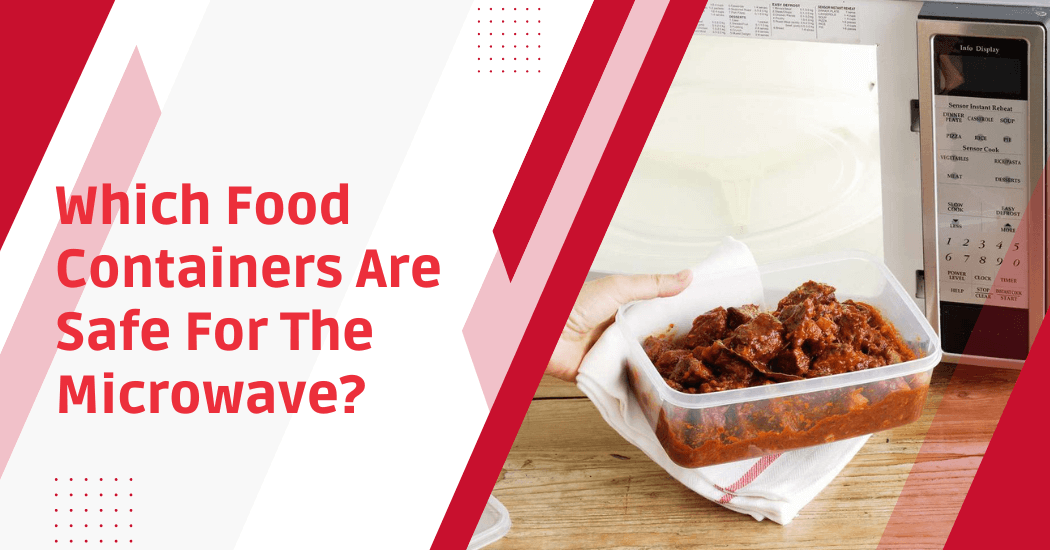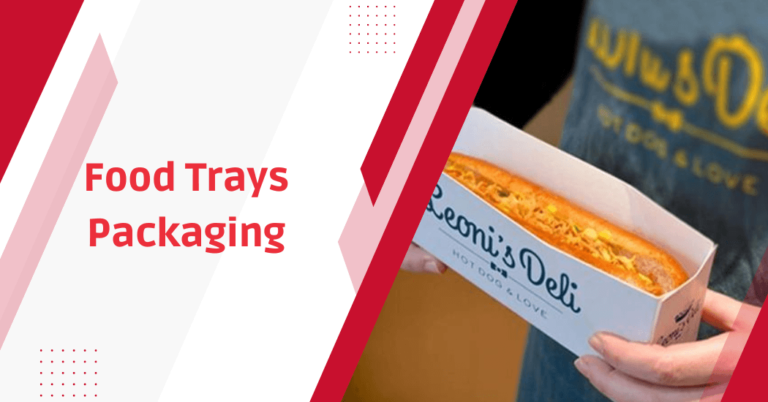Which Food Containers Are Safe for the Microwave?
Microwaving has become a convenient and ubiquitous method for reheating and cooking meals in modern kitchens. However, with this convenience comes the need for caution, particularly when it comes to the containers used to heat food.
The safety of food containers in the microwave is a crucial consideration to ensure both the well-being of individuals and the preservation of the container’s integrity.
In this blog post, we delve into the question: Are food containers microwave safe? Understanding the compatibility of various materials with microwave ovens and exploring the potential risks and guidelines associated with selecting containers for microwaving.
Let’s unravel the intricacies of this topic to promote safe and efficient microwave usage in our homes.
Are food containers microwave-safe?
Many food containers come with labels indicating whether they are microwave-safe or not. It’s important to check these labels before microwaving any container. Containers labeled as “microwave-safe” are designed to withstand the heat generated in a microwave without releasing harmful chemicals or warping.
If a container is not labeled as microwave-safe, it’s generally advisable to transfer the food to a microwave-safe container before heating. Some containers, especially those made of certain plastics, may release harmful substances when exposed to high temperatures.
Always follow the manufacturer’s instructions and guidelines for using their products in the microwave. If there’s any uncertainty about the safety of a particular container, it’s better to err on the side of caution and choose a microwave-safe alternative.
Different types of food containers and their microwave safety
- Glass containers: Generally considered to be the safest option for heating food in the microwave. They do not release any harmful chemicals and are heat-resistant, making them suitable for high-temperature microwaving.
- Ceramic containers: Most ceramic dishes are microwave-safe, as long as they do not have any metallic embellishments or decorations. These can cause sparks and damage the microwave.
- Plastic containers: Some plastics are safe for microwaving, while others are not. Containers labeled with “microwave-safe” or “microwavable” can be safely used in the microwave. However, avoid using any plastic containers that are not specifically designated for microwave use.
- Paper containers: Uncoated paper and cardboard containers are generally safe for microwaving but they may become soggy and release chemicals when heated for extended periods.
- Aluminum foil and metal containers: These should never be used in the microwave as they can cause sparks and damage the appliance. If you need to cover food while microwaving, use wax paper or a microwave-safe lid instead.
By understanding the different types of food containers and their compatibility with microwaves, we can make informed decisions about which containers to use when reheating or cooking food.
Factors that affect microwave safety of food containers
Here are some factors that can impact the safety of food containers in the microwave:
- Temperature: Different materials have different melting points and can release chemicals when exposed to high temperatures. Always check the recommended temperature range for a container before microwaving.
- Fat content: Foods with high-fat content, such as oils and fatty meats, heat up faster than other foods. This can cause the container to overheat and potentially release chemicals into the food.
- Cooking time: The longer a container is exposed to heat, the higher the chances of it releasing harmful substances. Stick to shorter cooking times for better safety.
- Food acidity: Acidic foods, such as tomatoes and citrus fruits, can react with certain materials in containers and cause them to release harmful substances.
- Container shape and size: Tall or narrow containers can create hotter spots in the microwave, increasing the risk of overheating. It’s better to use wider, shallower containers for more even heating.
By considering these factors and using safe containers, we can minimize any potential risks associated with microwaving food.
How to identify microwave-safe containers?
Apart from checking the label, here are some quick tips to determine if a container is safe for microwaving:
- Look for the microwave-safe symbol: This is usually a box with wavy lines inside, indicating that the container can be used in the microwave.
- Read the material code: Plastic containers come with a number and letter code that indicates the type of plastic they are made from. Some codes such as “microwave-safe” (5) and “microwavable” (7), indicate that the container can be used in the microwave.
- Perform a test: If you’re unsure about the safety of a particular container, you can do a simple test by microwaving it with a cup of water for one minute. If the container is safe, it should be warm but not hot to touch. If it’s hot or has started to warp, avoid using it in the microwave.
Potential risks of using non-microwave-safe food containers
Using containers that are not safe for the microwave can have various consequences, including:
- Releasing harmful chemicals: Some materials may release toxic substances when exposed to high temperatures, which can transfer into the food and potentially cause health problems.
- Melting or warping: Some containers are not heat-resistant and may melt or warp when subjected to microwave heat. This can not only ruin the container but also lead to contamination of your food if the melted material comes into contact with it.
- Damaging the microwave: Microwaving non-safe containers can lead to sparks and other damage to the appliance, rendering it unusable.
- Fire hazard: Using materials like aluminum foil in the microwave can create sparks and potentially start a fire, leading to serious consequences.
- Uneven heating: Certain containers may not be suitable for high-temperature microwaving, resulting in unevenly heated food and potential foodborne illnesses.
It’s essential to prioritize safety when it comes to using food containers in the microwave. By being aware of which materials are safe and understanding the factors that can affect their safety, we can make informed choices and prevent any potential risks.
Tips for using food containers safely in microwave
Here are some tips to remember when using food containers in the microwave:
- Read labels carefully: Always check for the “microwave-safe” or “microwavable” label on containers before using them in the microwave.
- Use designated microwave-safe containers: Stick to using containers specifically designated for use in the microwave, such as glass and ceramic dishes.
- Avoid using plastic containers: If you’re unsure about the safety of a particular plastic container, it’s best to avoid using it in the microwave altogether.
- Don’t overheat food: Stick to recommended cooking times and power levels when microwaving food to prevent overheating and the potential release of harmful chemicals.
- Remove Lids: If a container has a lid, make sure to remove it before microwaving. This allows steam to escape and prevents pressure buildup.
- Use alternative coverings: Instead of using aluminum foil or metal containers, opt for microwave-safe lids or wax paper to cover food while cooking.
By following these tips, you can ensure the safe and efficient use of food containers in the microwave.
Final Words
In conclusion, determining the microwave safety of food containers is essential for both personal health and the preservation of container integrity. While many containers are labeled as microwave-safe, it is crucial to follow manufacturer guidelines and inspect the packaging for specific instructions.
When in doubt, opting for containers explicitly designated as microwave-safe ensures the safe reheating of food without compromising quality or risking potential health hazards.
As consumers, practicing diligence in selecting appropriate containers contributes to a safer and more efficient use of microwave ovens in our daily lives.






